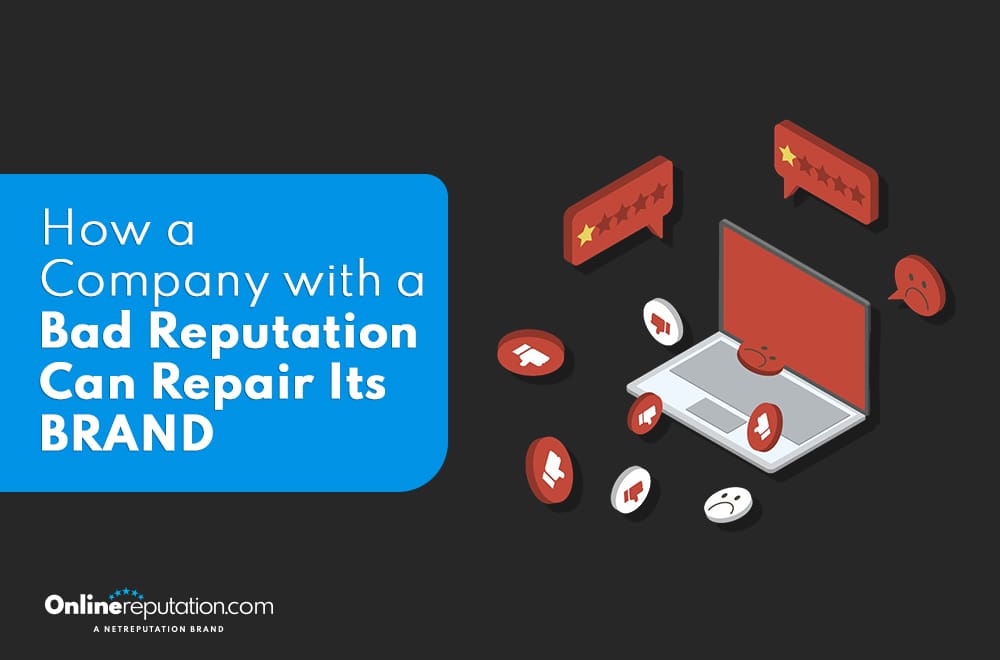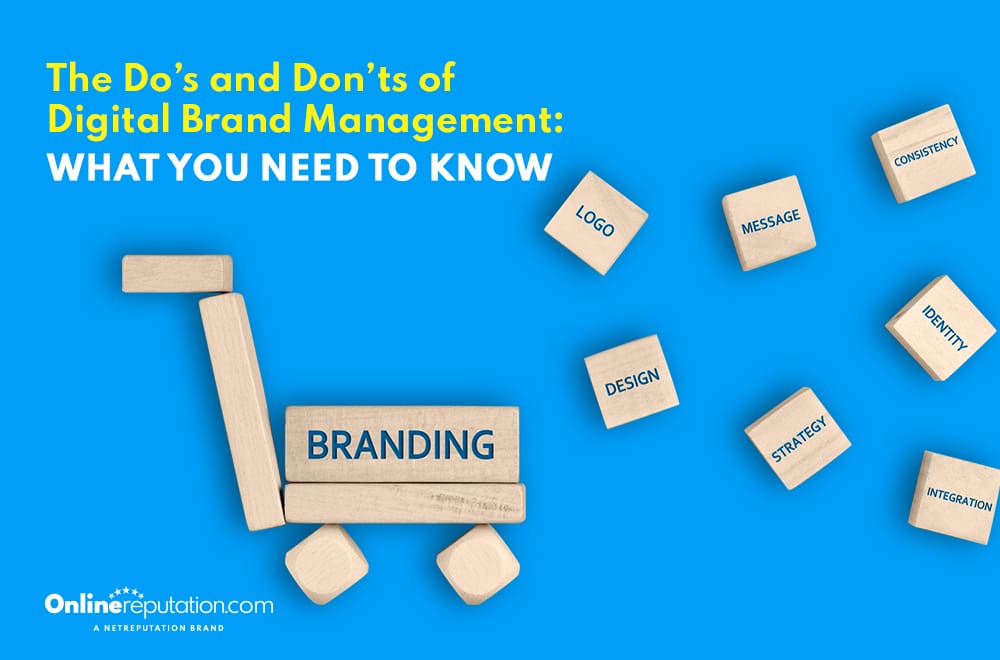
In today’s business world, a company’s reputation significantly impacts its success. It’s not just about offering quality products or services—public perception is key. A strong reputation helps attract and retain customers. In contrast, a damaged one can lead to financial losses and high employee turnover.
What is a Company’s Reputation Score?
A company’s reputation reflects how stakeholders—customers, employees, and investors—perceive its reliability, integrity, and performance, shaping its overall corporate image. Legal and ethical challenges, such as failing to maintain accurate business records, can severely damage a company’s reputation. Direct interactions, social media, reviews, and media coverage influence this perception.
Platforms like Twitter and review sites are key in managing online reputation, affecting customer loyalty and trust. A strong reputation can boost market value and stakeholder engagement, while a damaged one can lead to significant financial losses. Effective management strategies are essential for maintaining a positive public image and mitigating potential crises.
Why is a Good Reputation Important for a Company?
A good reputation is essential for a company. It impacts brand loyalty, customer satisfaction, and financial stability. Financial performance is critical in shaping perceptions among stakeholders and customers.
Brands like Starbucks and Google have shown that a positive reputation drives long-term success. It fosters customer engagement and loyalty. Warren Buffet emphasizes that trust and a strong reputation are key to business success.
A solid reputation also helps companies navigate crises. Starbucks and Target, for example, demonstrate that effective communication turns challenges into opportunities. Maintaining a positive reputation is crucial for long-term profitability and crisis management.
How Can a Company’s Reputation be Damaged?
Various factors can damage a company’s reputation, leading to a reputation crisis that impacts its public image and market standing. Events like the 2008 financial crisis have shown the impact of such occurrences. Negative publicity from unethical practices, product failures, or poor customer service can quickly tarnish a brand’s reputation.
In today’s world, information spreads rapidly. Brands must employ proactive communication and monitoring strategies to manage these situations effectively. Poor customer service, ethical lapses, and product failures are major contributors to reputation damage. Negative feedback often escalates on social media.
Brands like Target and United Airlines demonstrate timely, transparent communication, which helps restore trust and prevent further damage. Maintaining ethical standards, improving customer service, and addressing product issues through open dialogue and rapid response are critical to reputation management and rebuilding confidence.
What are the Consequences of a Bad Reputation?
The consequences of a bad reputation can be far-reaching and detrimental. It impacts customer satisfaction, financial stability, market value, and brand awareness. Surveys identifying visible brands play a crucial role in assessing corporate reputation. They highlight the most recognizably reputable companies.
A damaged reputation often results in decreased customer retention and loyalty. Stakeholders may choose to engage with more reputable competitors. Practical crisis evaluation and corrective actions are essential for reversing this trend.
Restoring trust can be costly. It requires extensive corrective actions and engagement strategies. Companies must leverage positive content and brand advocacy to aid this process.
Assessing the Damage and Developing a Plan
Assessing the damage to a company’s reputation is the first critical step in repairing and improving it. This process involves a thorough analysis to identify the root causes of the problem, understand the impact on stakeholders, and determine the necessary steps to address the issue. Businesses can pinpoint areas that need improvement by evaluating the company’s reputation score, social media presence, and customer sentiment.
Developing a plan to enhance a company’s reputation requires a comprehensive approach that involves multiple stakeholders, including employees, customers, and investors. The plan should outline specific goals, objectives, and strategies for reputation improvement, along with a clear timeline for implementation and evaluation.
For companies with the worst reputations, such as the Trump Organization, FTX, and Fox Corporation, this process demands a deep understanding of the underlying issues that have contributed to their poor reputation. Addressing corporate governance, social responsibility, and customer satisfaction concerns is essential for recovery.
Building a Strong Corporate Culture
A strong corporate culture is the backbone of a positive reputation. It fosters trust and loyalty among employees, customers, and investors, significantly enhancing a company’s public image. Companies with the best reputations, such as Patagonia and Costco, exemplify how a robust corporate culture aligned with their values and mission can lead to a stellar reputation. These companies prioritize social responsibility, customer satisfaction, and employee well-being, creating a positive and supportive environment that resonates with stakeholders.
On the other hand, companies with poor reputations, like Spirit Airlines and TikTok, often face criticism for their corporate culture and treatment of employees. Spirit Airlines has been notorious for its poor customer service and employee relations, while TikTok has faced scrutiny over data privacy and security concerns. Building a strong corporate culture involves addressing these issues head-on and fostering an environment of transparency, respect, and ethical behavior.
Improving Social Responsibility and Customer Sentiment
In today’s socially conscious market, improving social responsibility and customer sentiment is crucial for companies aiming to enhance their reputation. This involves prioritizing ethical practices, customer satisfaction, and employee well-being and engaging with stakeholders to address corporate governance and ethics concerns.
Companies like Microsoft and Walt Disney have set the bar high by prioritizing social responsibility and customer satisfaction. Microsoft’s commitment to reducing its carbon footprint and promoting diversity and inclusion has earned it a positive reputation. Similarly, Walt Disney’s efforts to support local communities and promote diversity have bolstered its public image.
In contrast, companies like BP and ExxonMobil have faced significant criticism for handling environmental issues and customer relations, highlighting the importance of genuine commitment to social responsibility.
Managing Online Presence and Reputation
Managing online presence and reputation is more critical than ever. This involves continuously monitoring social media, promptly responding to customer complaints, and addressing data privacy and security concerns.
Companies with the best reputations, such as Amazon and Google, have excelled in managing their online presence. Amazon’s dedication to customer satisfaction and transparency has helped it build a strong online reputation, while Google’s efforts to promote accountability and transparency have reinforced its positive image.
Conversely, social media companies like Facebook and Twitter have struggled with their online presence and reputation. Facebook has faced backlash for handling user data, while Twitter has been criticized for its approach to online harassment and hate speech. Effective online reputation management requires a proactive approach to addressing these issues and maintaining open lines of communication with stakeholders.
How Can Visible Brands Repair Their Brand?
Acknowledge and Apologize for Missteps: A crucial first step is acknowledging and apologizing for missteps, which shows accountability and transparency. A prompt, sincere apology across multiple channels can help restore trust and begin the process of reputation repair.
Assessing the Damage and Developing a Plan: Evaluating the extent of the damage is essential for creating an effective recovery plan. The Harris Poll plays a significant role in evaluating company reputations, providing valuable insights into public perception and areas needing improvement.
Improve Customer Service, Communication, and Marketing: Enhancing customer service and communication is vital for regaining customer loyalty. Listening to feedback and improving based on concerns fosters trust and encourages positive engagement, helping repair brand reputation.
Rebranding, Repositioning, and Marketing: Rebranding or repositioning after a crisis can signal a commitment to change. Aligning new branding with stakeholder values through transparent communication and monitoring public perception helps rebuild trust and interest.
Implementing Ethical Practices: Restoring trust requires a focus on ethical practices and transparency. This commitment to integrity reinforces customer loyalty, attracts talent, and strengthens stakeholder relationships, which are essential to long-term reputation repair.
Offering Incentives or Discounts: Providing incentives or discounts is an effective way to regain customer loyalty. Tangible benefits such as rewards or discounts can shift negative perceptions and encourage customer retention.
Partnering with Charitable Organizations: Collaborating with charitable organizations enhances a company’s image by demonstrating social responsibility. These partnerships can foster goodwill, increase customer loyalty, and improve stakeholder perceptions.
Avoiding Common Pitfalls and Mistakes
Companies looking to improve their reputations must avoid common pitfalls and mistakes. Key strategies include learning from other companies’ missteps, prioritizing transparency and accountability, and actively engaging with stakeholders. Companies like the LEGO Group and Microsoft have avoided these pitfalls by committing to transparency and accountability. The LEGO Group’s efforts to promote diversity and inclusion and Microsoft’s dedication to ethical practices have helped them build and maintain positive reputations.
In contrast, companies like Wells Fargo and Comcast have faced severe criticism for their lack of transparency and accountability. Wells Fargo’s mishandling of customer accounts and Comcast’s poor response to customer complaints serve as cautionary tales. By prioritizing ethical behavior and open communication, companies can avoid these common pitfalls and work towards a more substantial, positive reputation.
How Long Does it Take to Repair a Company’s Reputation?
The timeline for repairing a company’s reputation can vary significantly based on the severity of the reputation crisis and the effectiveness of the response strategies implemented. Surveys conducted using a nationally representative sample are crucial in assessing reputation recovery, as they accurately reflect the opinions of the broader population. Factors such as the nature of the issues, stakeholder engagement, and the company’s commitment to transparency and corrective actions can all influence how quickly trust restoration occurs.
What are Some Examples of Companies that Successfully Repaired Their Reputation?
Several companies have successfully navigated reputation crises and repaired their image through strategic crisis management and a commitment to improvement. Companies associated with former president Donald Trump have faced unique challenges in managing their reputations due to the polarizing nature of his presidency. Notable examples include Target, Starbucks, and Google, which faced significant challenges but implemented effective communication strategies and customer engagement initiatives to restore public trust and enhance their corporate image.
You might also like
The Do’s and Don’ts of Digital Brand Management: What You Need to Know
In today’s business world, a company’s reputation significantly impacts its success. It’s not just about offering quality products or services—public …

